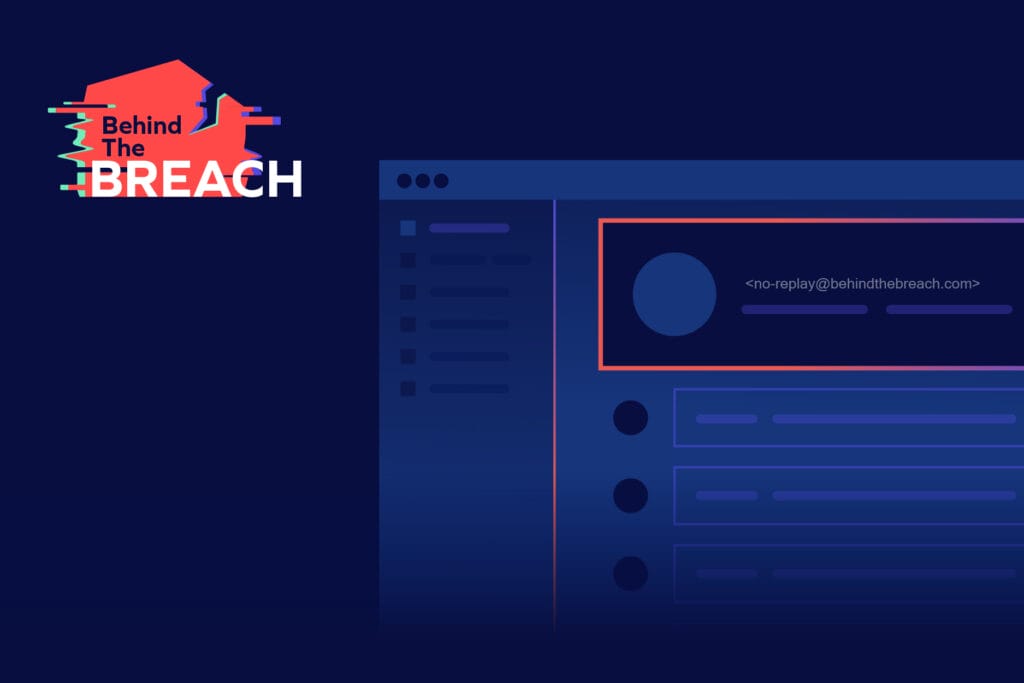This week we continue our journey through the world of business payment errors where we are examining different types of AP-related errors organizations everywhere are struggling to avoid. Our previous examination of duplicate payments revealed several ways in which the same invoice or invoices might be paid twice. However, duplicate payments fall under the broader umbrella of overpayments. In this post, we’ll look at some additional overpayment examples, why they happen, and how our technology can mitigate future risks and help prevent them.
Overpayments Happen Over and Over
As the name indicates, overpayments are when a company pays a vendor more than the amount owed for their goods, services, or technology. Unsurprisingly, overpayments happen in many of the same ways that we outlined for duplicate payments since the latter is, obviously, a type of overpayment. Thus, many of the same issues causing duplicate payments are the cause of or are related to overpayments. But not all overpayments are the result of duplicate payments. Many times, the issue occurs on the company’s side due to billing errors and miscalculations that cause the release of payments for a higher amount than what was reflected originally in the invoice. But the issue can also stem from an error on the vendor’s side, where the vendor makes a mistake and issues an invoice with a higher amount than what was initially agreed upon when the contract was signed.
A webinar hosted by IOFM a few months ago examined overpayments and some of the causes of the problem. In the beginning, the host polled attendees with the following question: Which business processes do you know or suspect could cause potential overpayments? Interestingly, there was a tie between the responses “Duplicate overrides (of ERP system controls)” and “Paying out of multiple systems or multiple locations.” Both answers were selected by 56% of attendees present on the webinar. For clarity, “duplicate overrides (of ERP system controls)” refers to instances where a matching invoice is found in the ERP, but the approver forces the transaction through anyway because they assume the invoice isn’t a duplicate.
.png)
The fact that half the respondents said that duplicate overrides and paying out of multiple systems are the leading causes of overpayments highlights the challenges created by people and technology within the business payment process. Duplicate overrides of ERP system controls happen because an employee doesn’t follow the standard process in the ERP and circumvents the protocols for paying invoices, and therefore did not realize they were overpaying. This raises the question of how protocols and rules are enforced for business payments, and why there aren’t controls in place to keep employees following the official processes. However, there is also the question of whether that employee should have been given access to override controls within the ERP system in the first place. Both the lack of compliance and the permissions of the employee within the system create a problematic combination that, as shown in the polling results, are a big reason that overpayments happen.
The poll also surfaced other looming risks of overpayments, namely, coding errors and potential fraud, both selected by 43% of respondents. Coding errors and data entry errors are other unfortunate malefactors that can create overpayments payments. This is typically a direct result of manual processes that aren’t working and should be automated, or processes that are siloed and not properly reviewed by anyone later in the payment approval workflow. Fraud, as we already know, thrives on human error. Threat actors work tirelessly to compromise companies in any way they can by attacking the weak links in the process, which include the people involved and unsuspecting employees. From submitting an extra invoice for payment to changing an invoice amount, fraudsters have many ways of squeezing out more money from businesses. The worst part is that their tricks not only result in overpayments but are unfortunately more difficult or impossible to recover than an accidental or innocent error.
More Overpayments, More Problems
Like duplicate payments, rectifying an overpayment involves a lot of back-and-forth communication between vendors and internal resources at the client organization to investigate and fix the issue. There are many negative outcomes with overpayments including monetary losses from the time wasted and the cost of third-party audits required to recover the funds. The impact extends beyond simply ensuring accurate financial records and recovering the lost money. Time is a precious commodity that is wasted. Overpayments can also have an adverse effect on vendor relationships, causing needless strain and additional effort on the part of the vendor to manage their cash flow and balance their books.
Rectifying overpayments requires time and a lot of work. Even though there are several ways to handle them, there needs to be someone to keep track of the overpayment and when it gets paid back and how it is recorded throughout the process. There are a few ways a vendor or client organization might decide to handle an overpayment, such as issuing credits or refunds, and both require meticulous attention because they involve debiting and crediting money to different types of accounts. Every step must be recorded to ensure the accuracy of financial statements and reporting. If a recovery audit is required, this can be costly and time-consuming for a lean Accounts Payable team. Recovery audits are not the main function of the AP organization and the professionals on AP teams do not necessarily have the specific skillset to manage a recovery audit themselves. Their time must be directed toward more critical AP and procure-to-pay activities, which means a third-party would be brought in and paid to conduct the recovery audit. There are also potential tax implications with overpayments that can cause more complexity depending on how the overpayment is handled. One or two overpayments here and there could be simple for an AP team to resolve, manage, and keep track of. But for businesses that have thousands of invoices to pay per month, the risk for overpayment is much higher. And the time and money lost in these cases is steep.
Get Over Your Overpayments
What’s the best way to avoid overpayments? How about if they don’t happen in the first place. Trustmi is designed to automate manual processes and minimize errors that can lead to overpayments. Where there’s manual data entry involved, there’s a whole lot of room for mistakes. Accounts payable processes are fraught with manual work. Many teams still export ERP data via CSV files in the vendor payment process and organize payment data in a complex matrix of spreadsheets that is difficult to maintain at best. A system that can detect coding errors and data entry mistakes as they happen means that errors are caught early on, and payments can be stopped before funds are released. Afterall, an extra “0” added to an ERP by accident could result in hundreds of thousands of dollars in overpayment.
We know from the previously mentioned IOFM Webinar poll that financial systems can cause many issues that result in overpayments. Overrides of ERP system controls is a huge issue that can be easily remedied. With a platform like Trustmi, organizations can enforce rules and controls that employees sometimes circumvent to cut corners. The platform can also better manage employee access to different systems to ensure everyone is following the rules, which makes it easier later to prove compliance for SOX reporting or other audits. Many finance teams work with a miscellany of legacy systems, ERPs, vendor management software, and procurement tools that are siloed and jumbled together. Keeping track of business payment terms, invoice dates, vendor information, payment amounts, and all the other details involved in the business payment process can get messy, especially when you add data exports and spreadsheets into the mix. A platform that can connect all the dots in the data and provide full visibility into what’s happening in the business payment flow is crucial to plugging gaps that could lead to overpayments.
Our platform analyzes a plethora of data points to capture and produce a vendor digital fingerprint to detect deviations from the norm. By analyzing historical payment patterns, vendor behaviors and vendor data, our platform will flag suspicious signals and deviations from the baseline that could result in a gross overpayment to a vendor. For example, the platform records the amounts paid to a vendor on a set retainer in the past, so if suddenly the retainer amount is 10x of past payments, then the system will flag it for an approver to review to ensure the amount is correct.
Proper management and oversight of vendors and the supply chain lifecycle is also important to ensure overpayments don’t happen. By having vendors use our self-service portal, organizations can ensure that their vendors are fully validated and trusted. Invoices are easily uploaded by the vendor and all the data and information is captured and analyzed in the system so that manual data entry and any resulting mistakes are avoided. By relying on AI technology like Trustmi, organizations can be confident that they are paying their vendors the right amount, no more and no less, every time.
The phrase ‘AP Assurance’ refers to an approach that involves real-time monitoring of accounts payable activities and provides continuous feedback to improve and update controls, tools and processes. At Trustmi we believe in delivering AP Assurance to all our customer through our advanced technology, boasting an intuitive and easy-to-use interface that can conquer the chaos of business payments and eliminate the threats and problems posed by overpayments.
To see how Trustmi’s solution can provide you with AP Assurance and deliver immediate value to your business, get in touch today.





